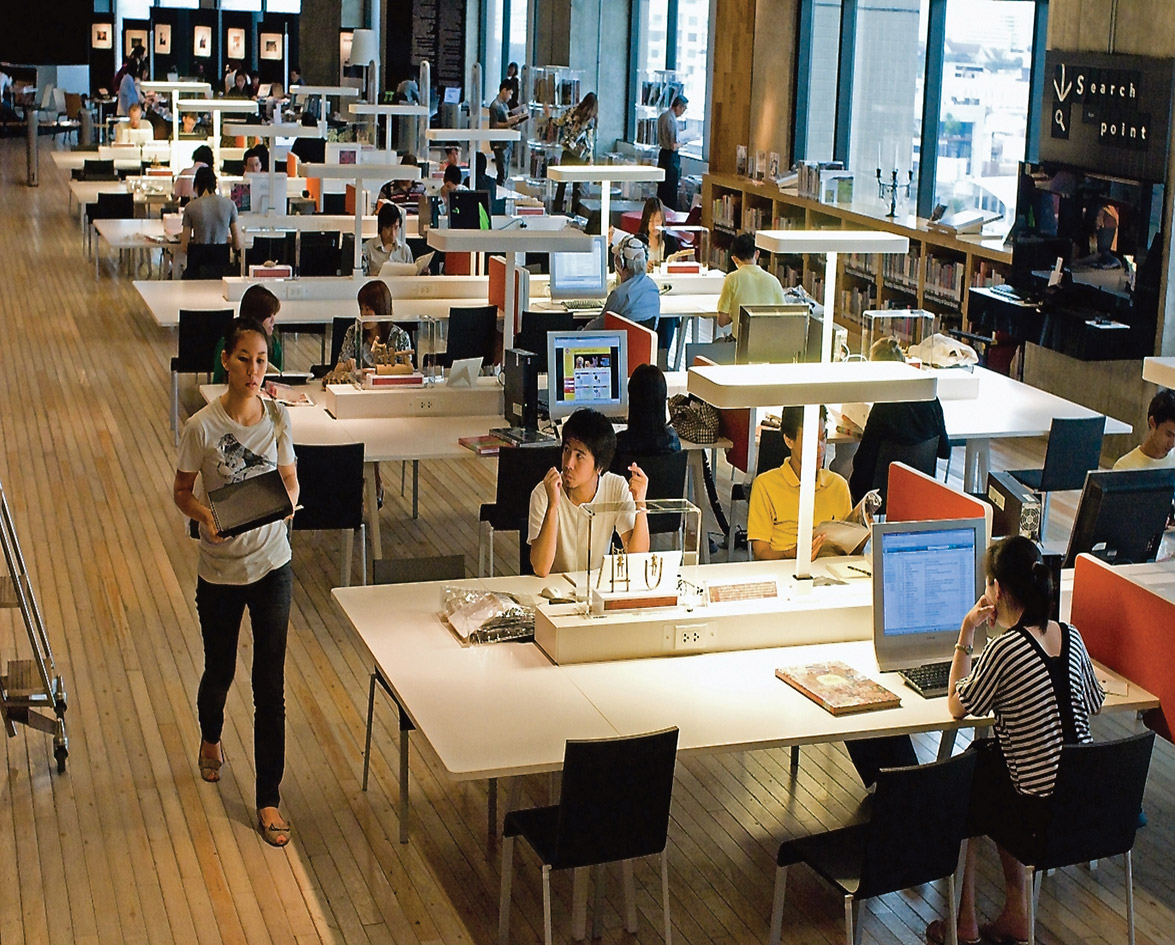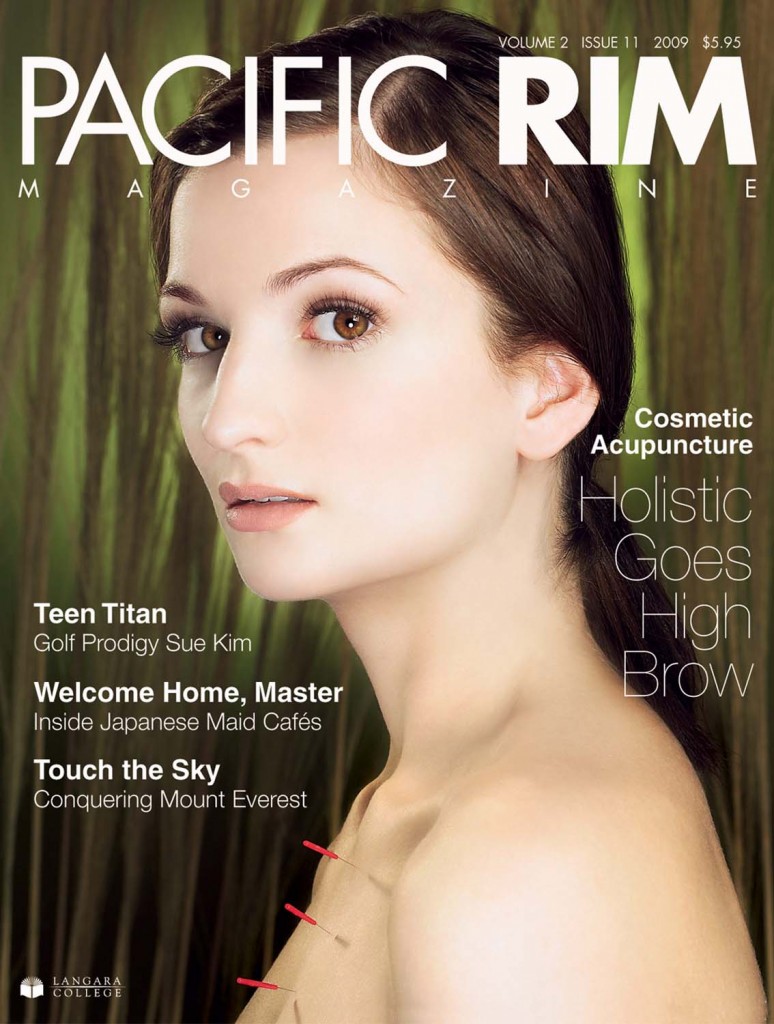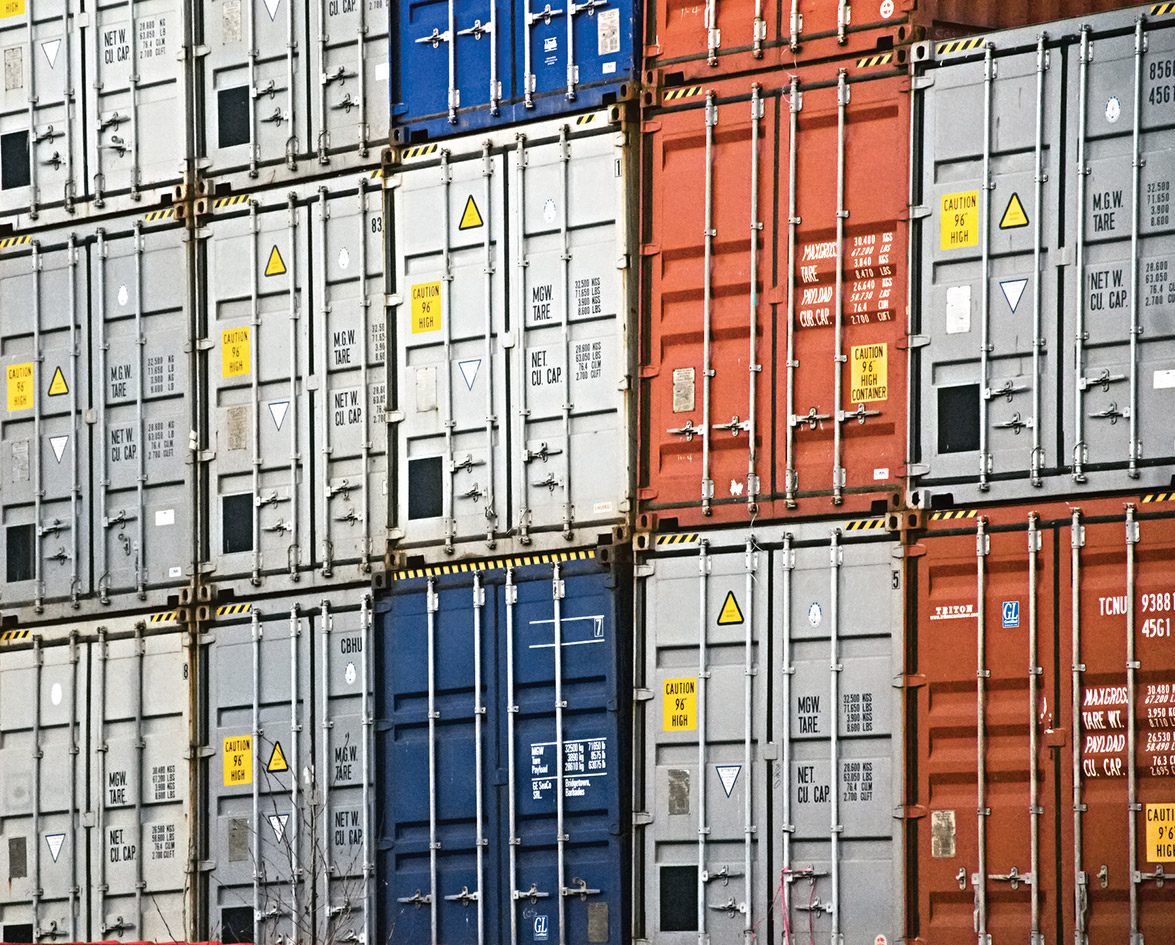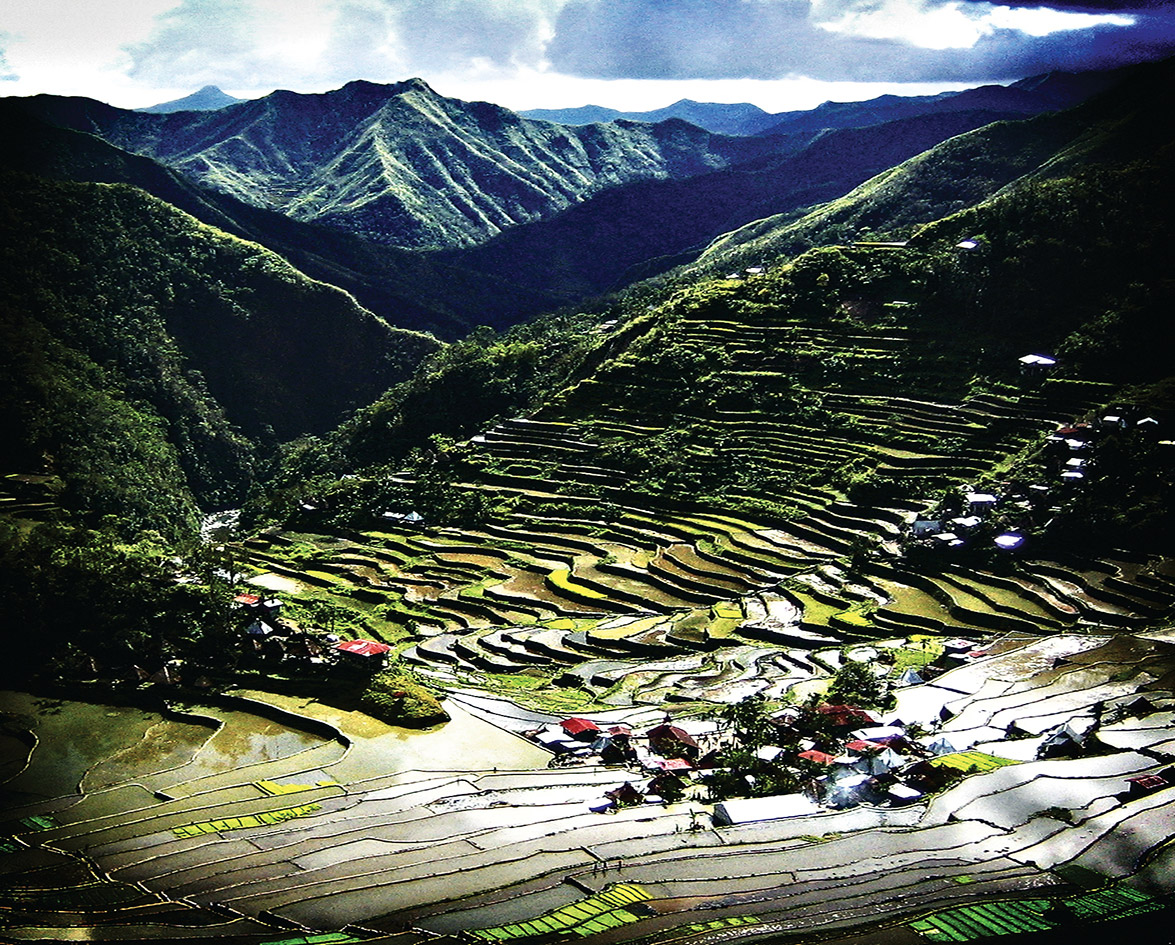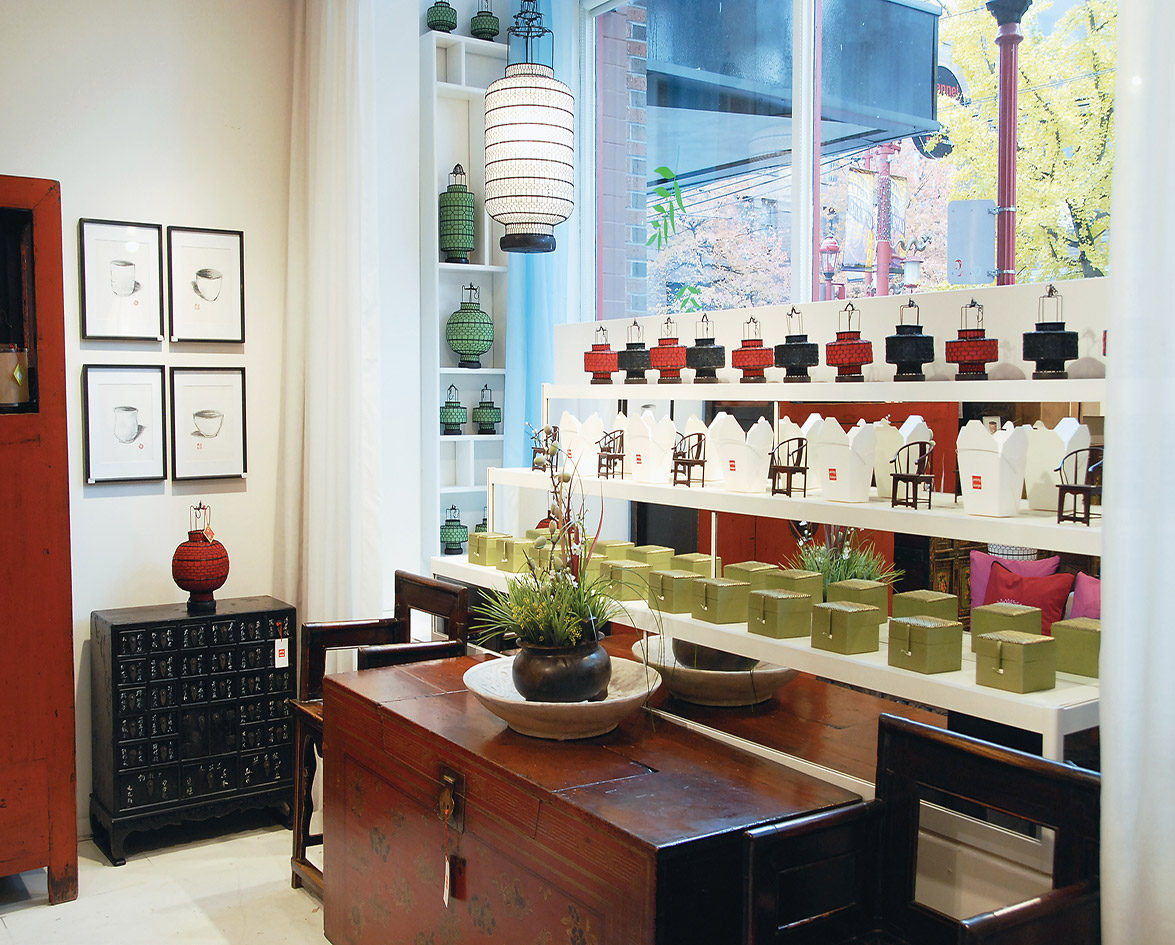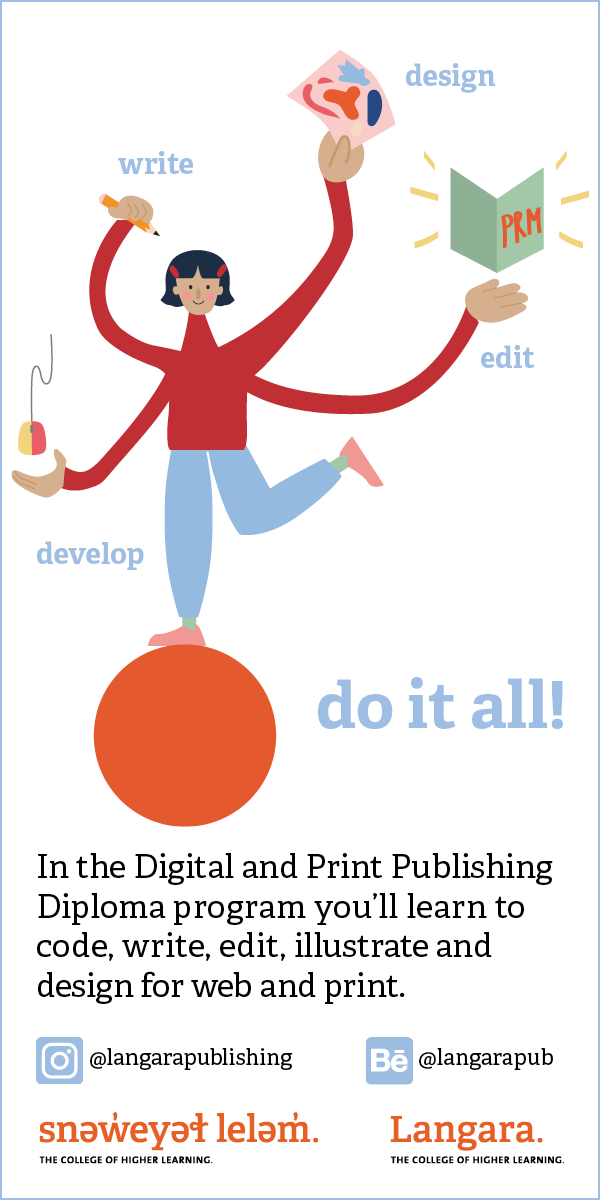At its busiest, it’s hard to find a seat in the resource centre of the Thailand Creative and Design Centre (TCDC). Between high shelves filled with books and tall windows looking over Bangkok’s ever-growing cityscape, long tables illuminated by computer screens and designer desk lamps are crowded by fashionistas and design geeks.
Peeking over their shoulders, one finds architectural blueprints, dress designs and typographic layouts. Professionals vie for elbow space with students, starving artists and ad executives. The atmosphere buzzes with creative energy, energy those individuals who are running the show at TCDC hope will serve a greater purpose.
Where It All Started
The centre opened its doors in 2005. It is one of many initiatives created by the Thai government’s Office of Knowledge Management and Development. “We learned it is difficult to compete with countries like China and India because of the cost of labour and materials,” explains Apisit Lastrooglai, Managing Director of TCDC. “So the government tried to find out how to upgrade. We don’t want to only produce the products,but to be a part of the idea.”
The centre is a 4,500 square metre facility, located on the sixth floor of the Emporium shopping centre in Bangkok’s business district. It houses a library with over 25,000 titles. There are meeting rooms, an auditorium, an exhibition hall that showcases international design works, an export business consultancy and a branch of the New York-based Material Connexion, which houses over 4,500 samples of materials that designers may use in their creative process.
Seeking Out The Trends
TCDC’s objective is to act as a bridge between entrepreneurs and designers in order to benefit Thailand’s creative industry and the country’s place in the global creative economy. It adds Thai flavour to the popular design figures, one of the centre’s strongest strategies. “We want to find out the trends of the creative economy and the potential strengths of Thailand,” says Lastrooglai.
The creative economy, as defined by the United Nations Conference on Trade and Development, is the “cycle of creation, production and distribution of goods and services that use intellectual capital as their primary input.” Simply put, it is an intersection of arts, culture, technology and business.
Leading The Way
Thailand does not need to look far for inspiration. Creative industries have been nurtured for decades in China and figured strongly in its 2005 five-year plan. That same year, China was calculated to be the world leader in creative goods exports, $47 billion worth of which were classed as design goods, ranging from fashion and jewellery to interior and graphic design.
China’s example is exceptional. Although Thailand ranked a respectable fifth place among developing countries for creative goods exports, the sales of goods ranging from traditional handicraft and fine arts to modern fashion, graphic and interior design translated to a more modest $4.3 billion US.
David Throsby, an Australian economist, claims some amount of faith is also needed to nurture the creative economy. “It may seem the creative arts are doing all sorts of crazy things, because that’s where creative ideas and innovation come from, so don’t worry that it may not seem to have any particular economic relevance,” he stated in his closing remarks to the International Forum on Creative Economy in Gatineau, Quebec, March 2008. “It is a process which, through this curious business of the osmosis of ideas, of the movement of ideas, is necessary to sustain the creative economy.”





